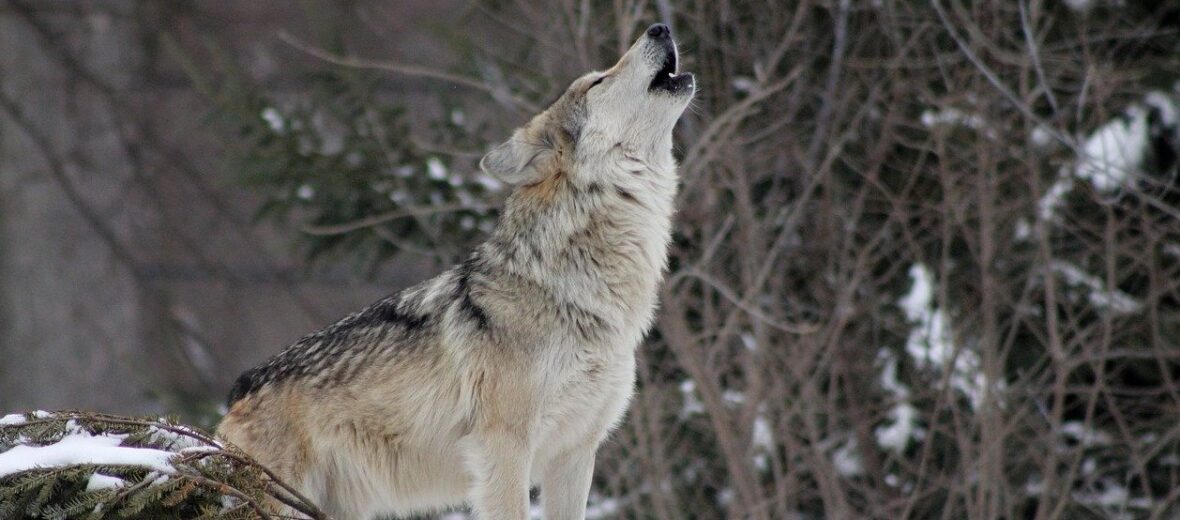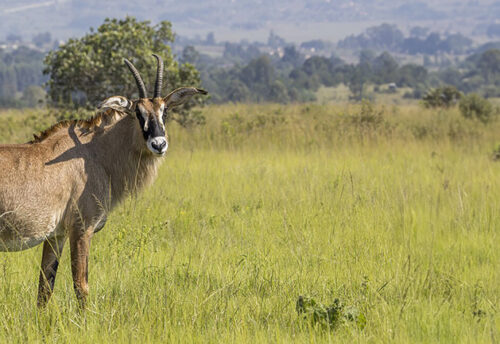
The wolf is the largest member of the canine family. The Grey Wolves are commonly known as Timber Wolves in North America and the White Wolf in the Arctic; or more generally as the Common Wolf. Wolves are legendary because of their spine-tingling howl, which they use to communicate. They have also been portrayed in lore and in movies touting their ability to change a bitten person into a werewolf or lycanthrope. The title of this article refers to a scene from the movie Young Frankenstein. See video below.
First the Stats…
Scientific name: Canis lupus
Weight: Up to 180 lbs.
Height: Up to 3 feet, at the shoulder
Lifespan: Up to 10+ years
Now on to the Facts!
1.) A wolf can eat 20 lbs. of meat in a single meal, which is like a human eating 100 hamburgers!
2.) Wolves have up to 42 teeth!
3.) Mom has 4 – 6 pups weighing about 1 lbs. each.
4.) The autoimmune disease Systemic Lupus Erythmatosus (SLE), or lupus, literally means wolf redness, because in the eighteenth century, physicians believed the disease was caused by a wolf’s bite. So, no, you wont turn into a lycanthrope if bitten by a wolf.
5.) The main prey for a wolf is ungulates (hoofed animals like deer, moose, caribou, elk, bison, musk-oxen).
Did you know…?
The Vikings wore wolf skins and drank wolf blood to take on the wolf’s spirit in battle. They also viewed real wolves as battle companions or hrægifr (corpse trolls).
6.) Wolves run on their toes, which helps them to stop and turn quickly and to help prevent their paw pads from wearing down.
But wait, there’s more!
7.) Wolves can swim distances of up to 8 miles. They are assisted by small webs between their toes.
8.) The smallest wolves live in the Middle East, where they can weigh only 30 lbs. The largest wolves live in Canada, Alaska, and the Soviet Union, where they can get up to 175 lbs.
9.) Wolves can run 36 – 40 mph for short distances.
10.) A wolf pack may contain around 5 wolves or as much as 30 or more.
Now a Short Wolf Video!
Young Frankenstein reference video…
Want to suggest a critter for me to write about? Let me know here.



